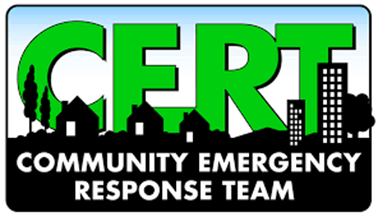
Per the U.S. government’s “Ready” website, the Community Emergency Response Team (CERT) program “educates volunteers about disaster preparedness for the hazards that may impact their area and trains them in basic disaster response skills, such as fire safety, light search and rescue, team organization, and disaster medical operations. CERT offers a consistent, nationwide approach to volunteer training and organization that professional responders can rely on during disaster situations, allowing them to focus on more complex tasks.”
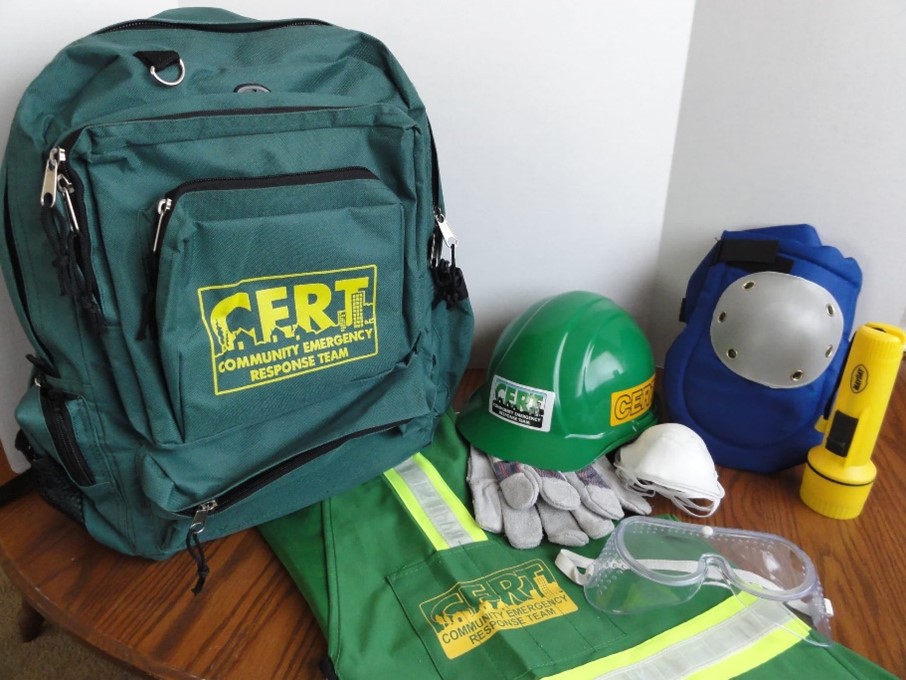
One of five federal programs through Citizen Corps, CERT is run through the Department of Homeland Security. The teams are formed in cooperation with local sponsoring agencies. The program teaches team members what to do before, during, and after the emergencies their areas may face. The training features a Disaster Medical Operations section, a Terrorism and CERT section, and hazard-specific courses.
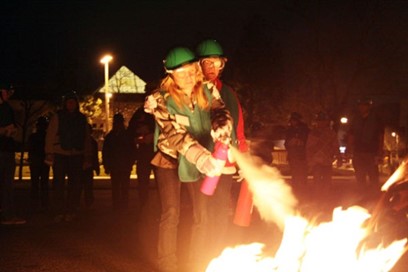
From the U.S. government’s “Ready” website:
CERT Basic Training includes research-validated guidance for CERT programs. Training materials include:
- Instructor guides
- Participant manuals
- Hazard annex slide decks
- FEMA Independent Study IS-317: Introduction to CERT
- FEMA Independent Study IS-315: CERT and the Incident Command System (CIS)—this course introduces CERT leaders to CIS, a proven management system used by emergency managers
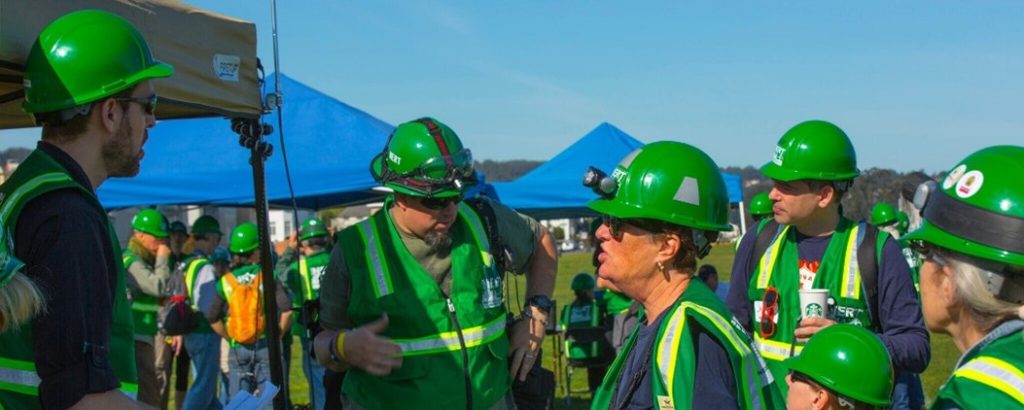
Drills and exercises present opportunities for CERT teams to practice, assess, and improve their emergency response plans. Simulating operations with volunteers and practicing the ideas and skills learned in CERT training is invaluable as one day it may be needed in a real situation. It is important that CERT programs develop exercises to reflect realistic events that may impact their community. For CERT members in leadership positions, there are Train-the-Trainer and Program Manager courses.
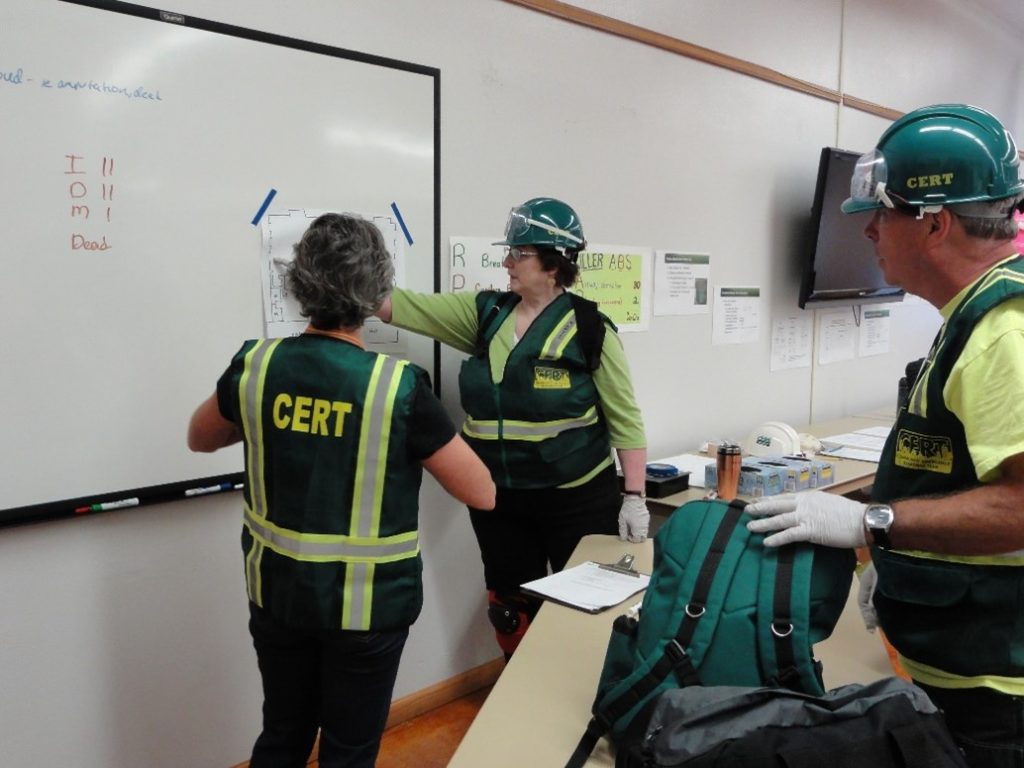
The CERT program trains regular citizens in basic disaster response skills such as fire safety, light search and rescue, team organization, and disaster medical operations. Citizens learn to help take care of themselves, their family, and their neighbors when professional responders are not immediately available. Anyone can join CERT. Volunteers are needed to support CIS command and general staff functions and to volunteer in the disaster field with response missions.
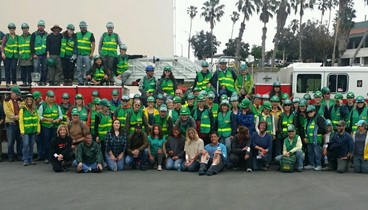
From the Ohio Emergency Management Agency website:
The CERT program was designed as a grassroots initiative and specifically structured so that local and state program managers have the flexibility to form their CERT programs in the way that best suits their communities.
- Citizen Corps works through a national network of state and local Citizen Corps Councils. If local communities choose this advisory option, then leaders from law enforcement, fire, emergency medical and other emergency management, volunteer organizations, local elected officials, the private sector, and other community stakeholders will serve as an advisory board.
- Local Citizen Corps Councils implement Citizen Corps programs. These programs may include CERT, Medical Reserve Corps, Neighborhood Watch, Volunteers in Police Service, Fire Corps, and other affiliate programs that provide opportunities for special skills and interests. They also organize special projects and community events.
- For CERT programs not endorsed by a local Citizen Corps, the program must be sponsored by a local emergency response organization such as a local fire department or emergency management office.
- Citizen Corps affiliate programs expand the resources and materials available to states and local communities. They do this by partnering with programs and organizations that offer resources for public education; outreach and training; represent volunteers interested in helping to make their communities safer; or offer volunteer service opportunities to support first responders, disaster relief activities, and community safety efforts.
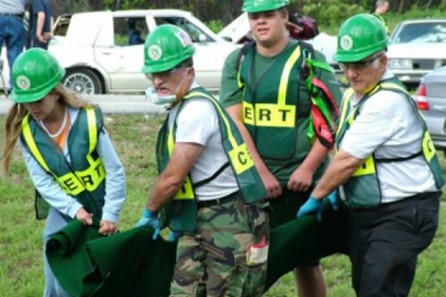
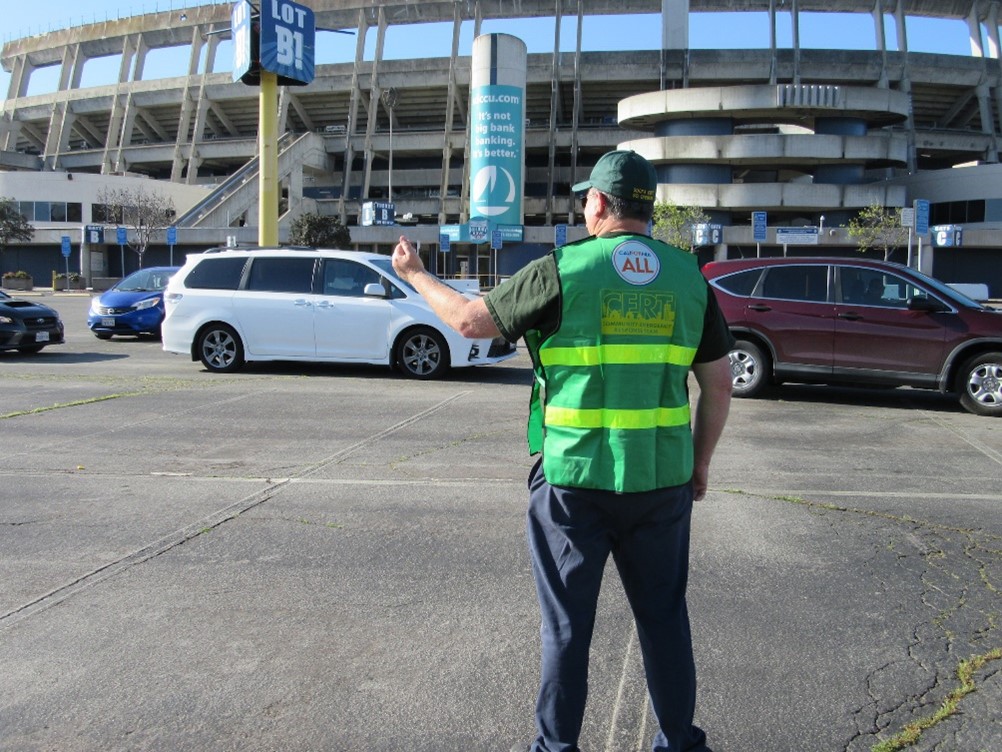
Questions? Share them in the comments below or email me at KE8FMJ@arrl.net.

